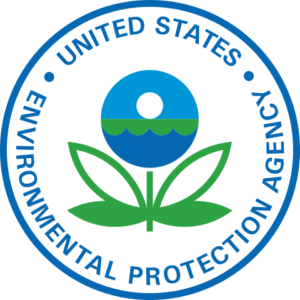In March 2024, the U.S. Environmental Protection Agency (EPA) Implemented a Landmark Asbestos Ban to Enhance Public Health and Safety, announcing the finalization of a Final Rule that will see the cessation of ongoing uses of all asbestos fiber types, including chrysotile asbestos.
This decisive action, effective from March 18, 2024, represents the first regulation under the reformed Toxic Substances Control Act (TSCA) process, established through bipartisan support in 2016. This groundbreaking development signifies a historic advance in the United States’ efforts to enhance chemical safety, addressing the long-standing public health threat posed by asbestos exposure.

Asbestos, a notorious carcinogen, has been linked to severe health issues, including mesothelioma, lung cancer, and many other cancers, contributing to over 40,000 deaths annually in the U.S. The Biden Administration’s commitment to ending the ongoing uses of asbestos aligns with the ambitious goals of the President’s Cancer Moonshot initiative, which aims to significantly reduce cancer incidence and mortality.
EPA Administrator Michael S. Regan emphasized the critical nature of this ban, highlighting the administration’s dedication to rectifying past inadequacies in chemical safety regulations and protecting American families, workers, and communities from harmful substances. The White House Council on Environmental Quality, under Chair Brenda Mallory, also underscored the ban’s role in advancing environmental justice and chemical safety, marking a significant step towards realizing the Cancer Moonshot’s vision.
Despite knowledge going back over a century that chrysotile asbestos, the focus of this ban, is deadly, it has still been prevalent in various products used today such as brakes, gaskets, and other friction materials. Despite a decline in its use and a widespread ban in over 50 countries, the U.S. has continued to import chrysotile for specific industrial purposes, including the chlor-alkali industry. The new rule effectively ends this practice, preventing further import and use of chrysotile asbestos in the United States.
Senators and Representatives, long advocates for asbestos regulation, hailed this move as a crucial step towards a safer future. The comprehensive ban not only aims to eliminate current uses of chrysotile asbestos but also sets the stage for broader legislative and regulatory actions to address other asbestos forms and related public health risks.
In particular, the chlor-alkali industry, which has historically used asbestos in the production of chlorine and sodium hydroxide, is required to transition to safer alternatives. The EPA has outlined specific compliance deadlines, ensuring a balanced approach that facilitates industry adaptation while prioritizing public health and environmental integrity.
Additionally, the rule addresses other applications of asbestos, implementing phase-outs and stringent safety measures to mitigate exposure risks during transition periods. This includes provisions for specific sectors, such as the Department of Energy’s Savannah River Site, where asbestos-containing materials are necessary for safe nuclear material disposal.
The EPA’s comprehensive approach extends beyond the immediate ban, with ongoing evaluations of other asbestos types and legacy uses. The commitment to thorough risk assessments and transparent regulatory processes underscores the administration’s dedication to science-based decision-making and robust public health protections.
This landmark asbestos ban is a testament to the Biden-Harris Administration’s resolve to confront long-standing environmental and public health challenges, marking a significant milestone in the nation’s journey towards a safer, healthier future for all Americans.
For more information, see the March 18, 2024 U.S. Environmental Protection Agency Press Release: Biden-Harris Administration finalizes ban on ongoing uses of asbestos to protect people from cancer Also see the Pre-Publication Notice of the Final Rule.









